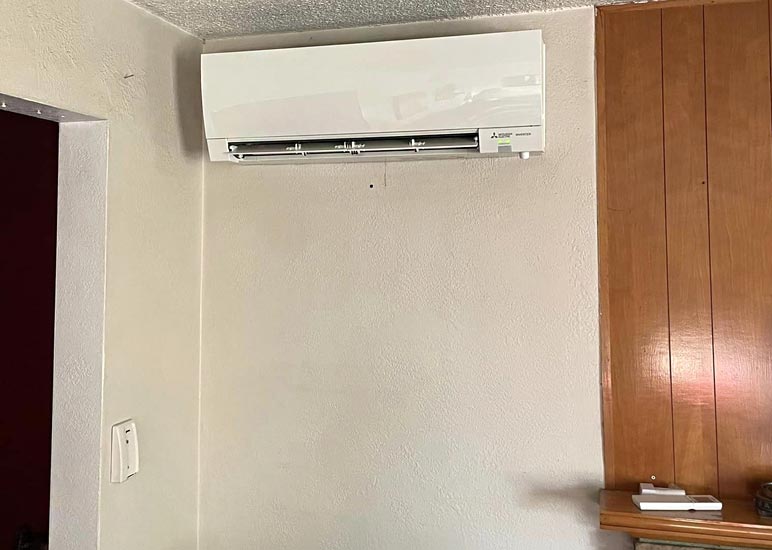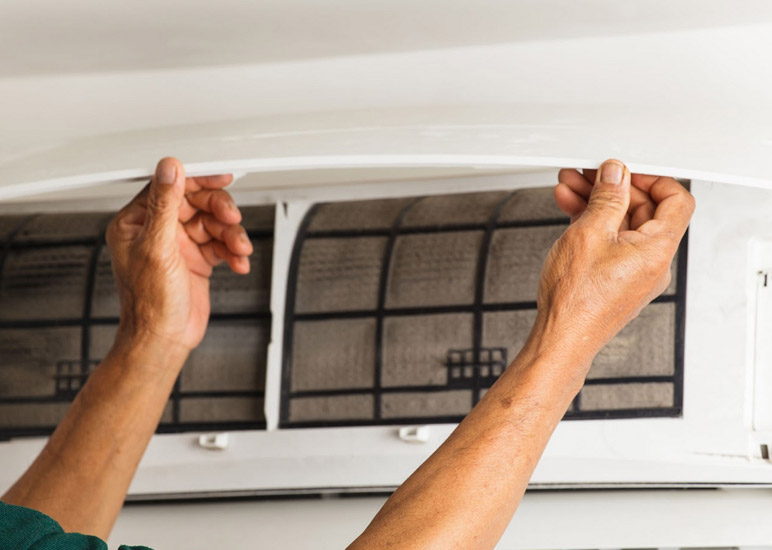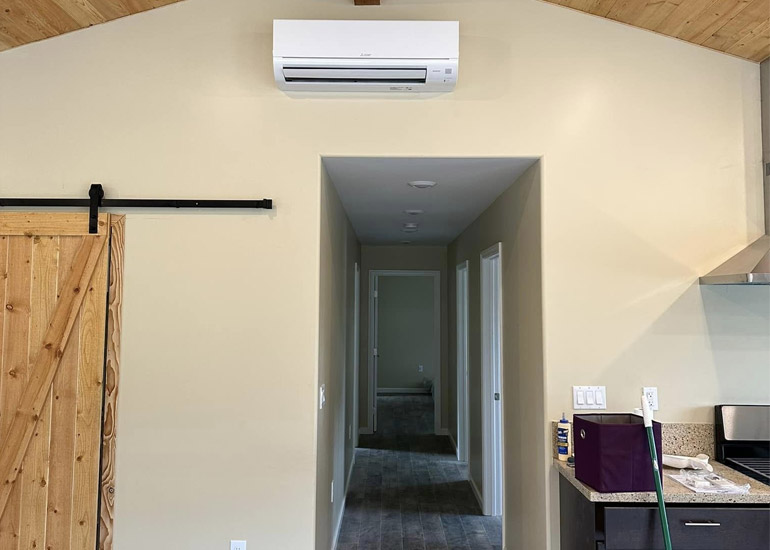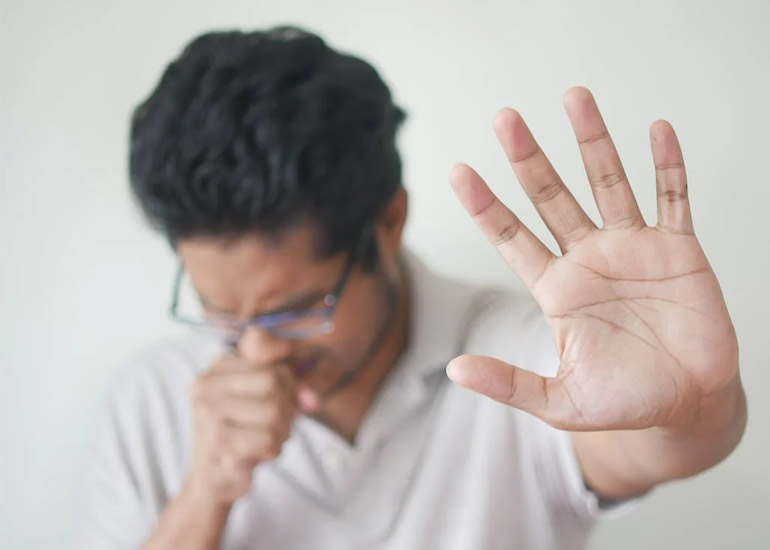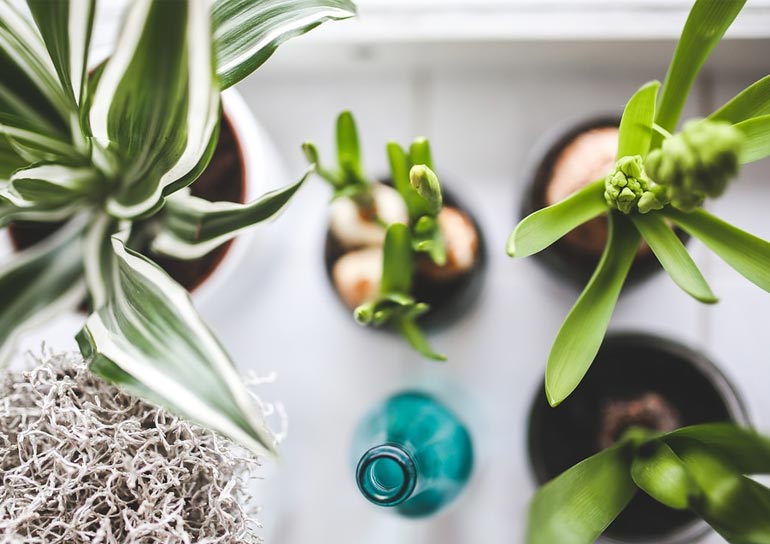 You may not think about the humidity of your home on a regular basis, but you probably should. Having too much or too little humidity can impact many things in your life, including your health.
You may not think about the humidity of your home on a regular basis, but you probably should. Having too much or too little humidity can impact many things in your life, including your health.
When it comes to having a dry house and too little humidity, you need to take steps to increase the humidity back to a normal range. Sure, you could go and purchase humidifiers and place them around the house, but who really wants to do that?
They’re ugly, annoying, and your power bill is already high enough. Am I right?
With that in mind, let’s look at some smart ways you can increase humidity in your home.
Signs of Low Humidity in Your Home
Low humidity may not sound like a big deal, but the truth is it can be dangerous to your health and damaging to your home and furnishings. Here are some common signs that your home is suffering from low humidity:
- ESD (Electrostatic Discharge): You know that little shock you get when you touch a doorknob or another person? The occasional shock is usually normal, but if it’s happening more often lately, you probably have low humidity. While only slightly annoying to humans, it can be deadly to home computers and electronics.
- Damaged Furniture and Woodwork: Low humidity causes the air to be dry. Dry air causes wood to shrink. Shrinking and expanding is natural for wood, but if it happens too much it can be damaging. If you notice cracks or warps in your wood furniture and woodwork in your home, with no obvious cause, it may be a low humidity problem.
- Feeling colder than normal: Dry air and low humidity makes a person feel colder than what their thermostat reads.
- Feeling dehydrated and thirsty: Since low humidity causes dry air and dry air sucks the moisture from your body, you may notice feeling thirsty or dehydrated. This is something that you don’t want to ignore because dehydration can be very dangerous.
- Nose bleeds: The mucus membranes in your nose can crack when the air is too dry. The severity of the cracking leads to nose bleeds that can be painful and an invitation for bacteria and illness.
Now that you know what the signs are of low humidity, let’s look at how you can increase the humidity in your home.
1. Buy Houseplants
An easy and beautiful way to increase the humidity in your home is to buy houseplants and place them throughout your home. Plants release moisture by transpiration and will constantly do so as long as you keep them watered. If you don’t get along well with plants, you can get these forgiving houseplants that are hard to kill.
2. Cook on the Stovetop More
Cooking at home and using your stove more often can increase the humidity in your home. This can be full meals throughout the day or even using a kettle or pot to warm up water for your hot chocolate and warm tea.
3. Leave the Door Open While You Shower
If you can, leave the door open in the bathroom while you shower so all of the moisture from the shower can get absorbed into the air. Even leaving it cracked open some will help. If you take more baths than showers, leave the water in the bathtub until it cools down all the way and then drain it. Note: don’t leave a bath tub full of water if you have small children in the home.
4. Hang Your Clothes to Dry
Instead of running the dryer that can make the air even dryer, hang your clothes up to dry inside your home. This reduces the moisture sucking of the dryer and allows the clothes to dry as they add moisture to the air. It’s a win-win.
5. Open the Dishwasher
If you use a dishwasher to wash your dishes, turn off the heated dry setting. When your dishes are clean, open the door to the dishwasher and let them air dry. This will allow that moisture to be absorbed into the air and increase the humidity.
Low humidity in your home is a bigger problem than you’ve probably realized. These quick and easy methods discussed above are great ways to increase the humidity and make your home more pleasant.
However, if the problem persists, you should have your furnace inspected to make sure it’s properly sealed as well as your ducts for any leaks. Contact us to schedule your service today.
6. Install a Whole House Humidifier
Wait, didn’t we say that humidifiers were a waste of money?
While cheap consumer humidifiers aren’t exactly a great investment, whole house humidifiers are a different story. These humidifiers are installed as part of your HVAC system to distribute humidity throughout your home. The result is you get more humidify with lower operating costs, and without an ugly piece of plastic sitting on your end table. That’s the smart way to do it.

